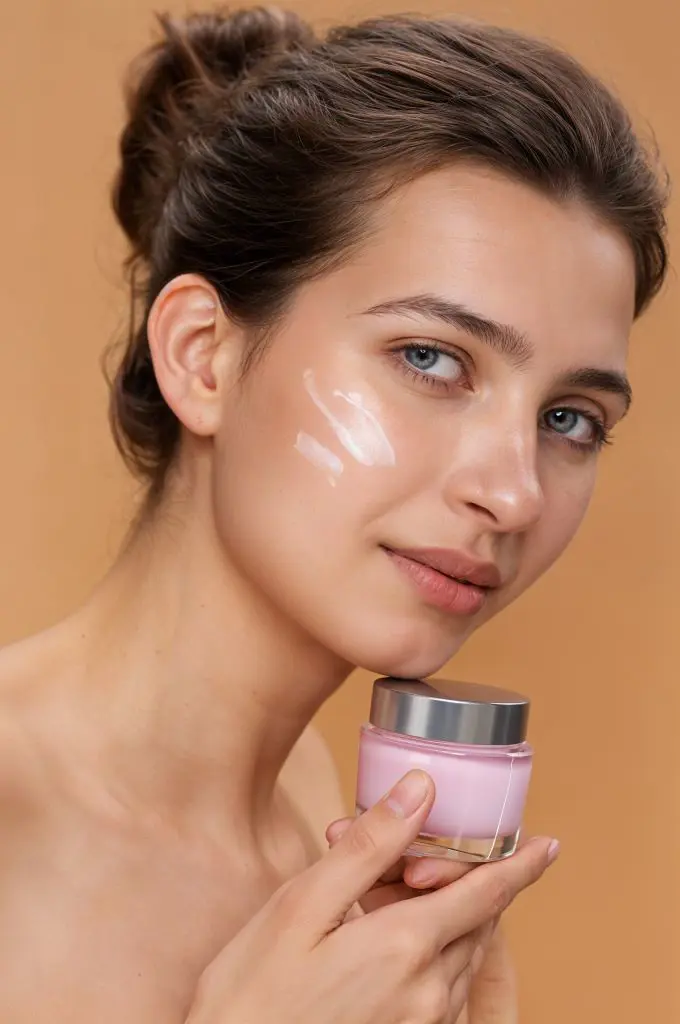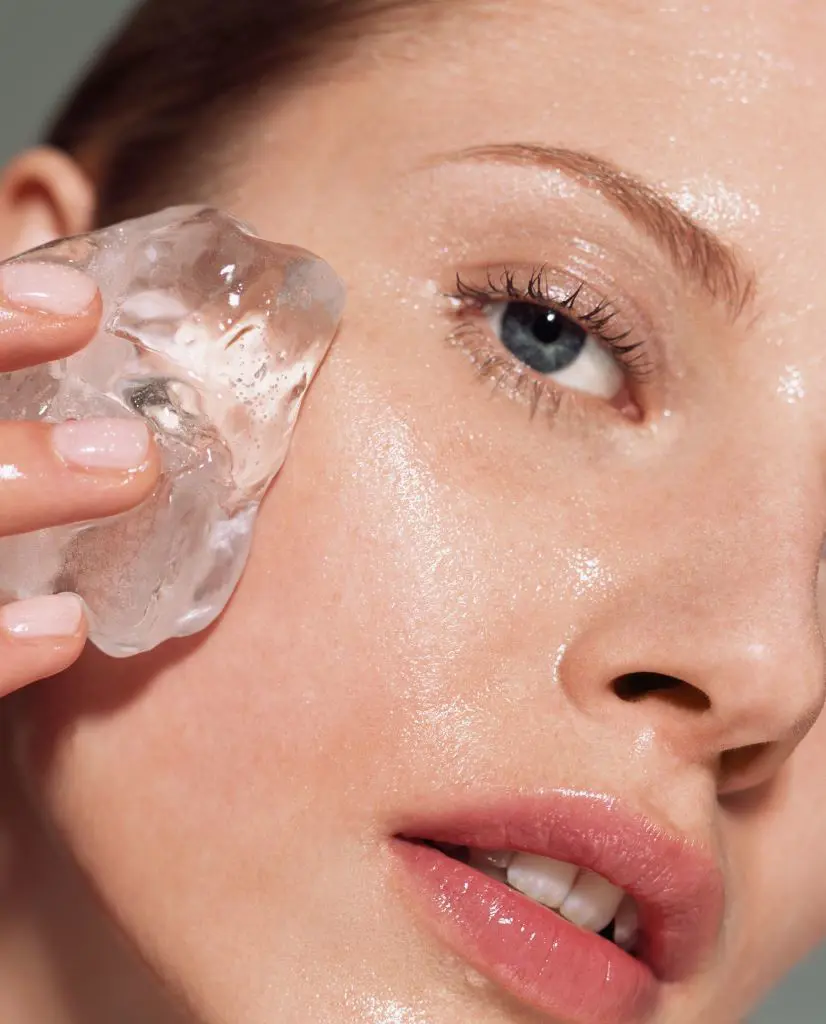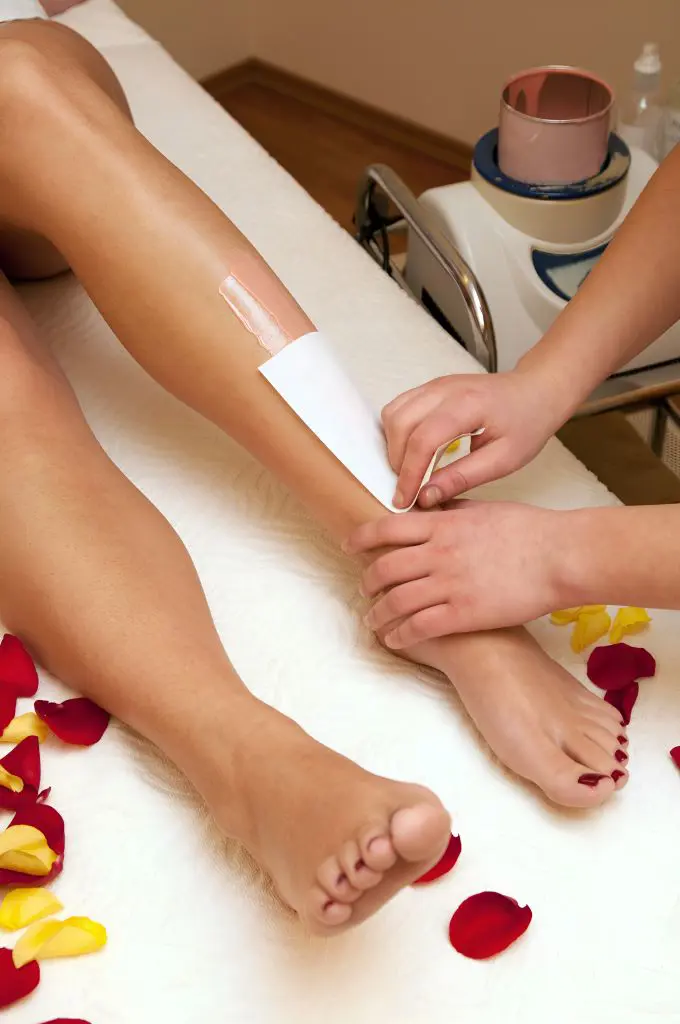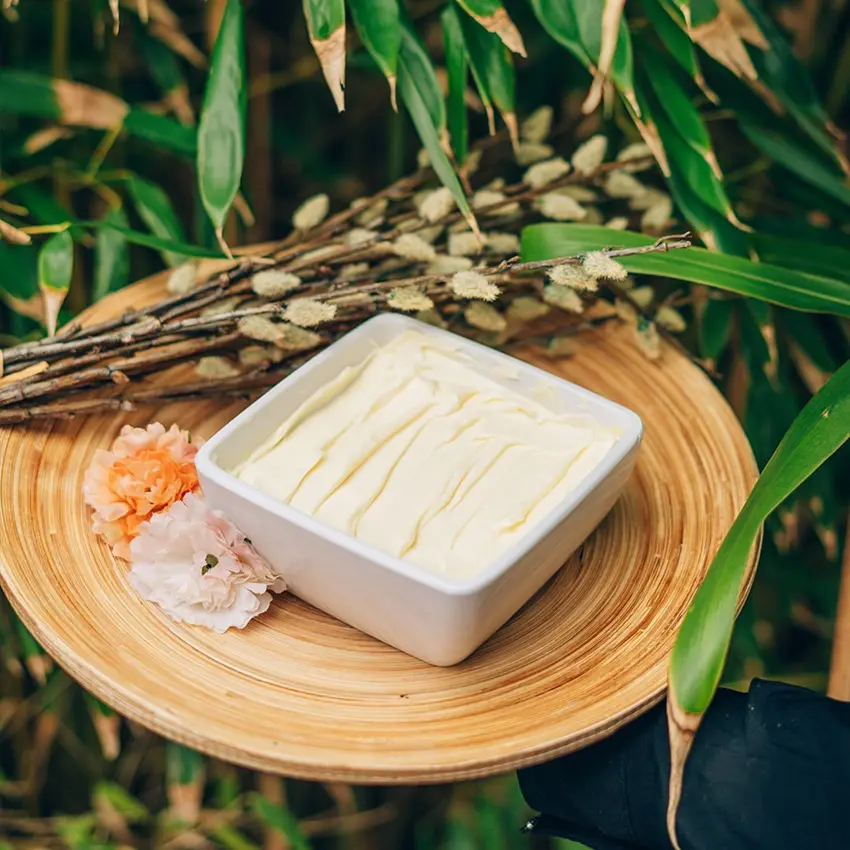For centuries, various cultures have used animal fats, including tallow, for skin care. Due to its moisturizing properties, tallow was a common ingredient in homemade ointments and balms before the advent of modern lotions and creams.
In recent years, there's been a resurgence in interest in traditional skincare ingredients, including tallow. Many people appreciate it for its natural, nourishing qualities. Tallow contains fats and fatty acids that are similar to those in human skin, which can help moisturize and protect the skin.
What is Beef Tallow?
Beef tallow is a rendered fat derived from cattle, primarily used in cooking but increasingly popular in skincare for its nourishing properties. To make beef tallow, the fat is slowly cooked or rendered from the beef's fat tissue, separating the fat from any remaining connective tissue and impurities.
This results in a pure, solid fat that is rich in fatty acids, such as oleic and stearic acids, which are beneficial for skin health.
Is Beef Tallow Good For Your Skin?
Yes, beef tallow can be good for your skin because it is rich in fatty acids that help moisturize, soothe, and restore the skin's natural barrier. It also contains vitamins A, D, and K, which can benefit the skin by promoting repair and reducing inflammation. As mentioned above, this pure fat has been used in cooking and as a skincare aid for centuries.
In skin care, beef tallow is valued for its ability to moisturize, soothe, and restore the skin's natural barrier due to its similarity to human sebum. It’s often used in handmade soaps, balms, and lotions to provide deep hydration and promote a healthy, supple complexion.
Does Beef Tallow Smell Like Beef?
Beef tallow can have a mild scent that is somewhat reminiscent of beef, especially when it’s freshly rendered. However, the intensity of the smell depends on how the tallow is processed. Correctly rendered and purified tallow often has a very subtle scent or even no detectable smell at all, especially when used in skincare products.
Some manufacturers also deodorize tallow or blend it with essential oils to mask any residual scent, making it more pleasant for cosmetic use.
Beef Tallow Benefits for Skin

Beef tallow offers several skin benefits due to its rich composition of fatty acids and vitamins, which are as follows.
Moisturizing
Beef tallow's rich content of saturated fats, including oleic and stearic acids, makes it an effective moisturizer. These fats create a protective layer on the skin's surface, which helps to seal in moisture and prevent water loss.
This barrier is particularly beneficial for dry or cracked skin, as it helps to keep it soft and supple by maintaining hydration.
Nourishing
The fatty acids in beef tallow are essential for maintaining healthy skin. Oleic acid, for instance, helps to enhance the skin's natural lipid barrier, which is crucial for keeping the skin nourished and balanced.
Stearic acid, another key component, helps to strengthen the skin's outer layer, making it more resilient to environmental stressors.
Similar to Human Skin
Beef tallow's fatty acid profile is remarkably similar to that of human sebum, the oil produced naturally by our skin. This similarity allows beef tallow to blend seamlessly with our skin’s natural oils, improving its ability to moisturize and soothe without causing irritation or clogging pores.
This compatibility makes it an effective emollient for various skin types.
Anti-inflammatory
The fatty acids found in beef tallow have anti-inflammatory properties that can be beneficial for reducing skin inflammation. In fact, beef tallow can help improve overall skin comfort and appearance by soothing the skin and reducing irritation.
Its anti-inflammatory properties make it effective for calming conditions like eczema or psoriasis. Meanwhile its moisturizing and nourishing qualities help keep the skin hydrated and balanced.
Healing Properties
Beef tallow is rich in vitamins A, D, and K, which play vital roles in skin health. Vitamin A promotes cell regeneration and repair, helping to heal damaged or irritated skin. Vitamin D supports skin repair and reduces inflammation, while Vitamin K helps with wound healing and reduces the appearance of bruises and dark spots.
Together, these vitamins contribute to a healthier, more resilient complexion.
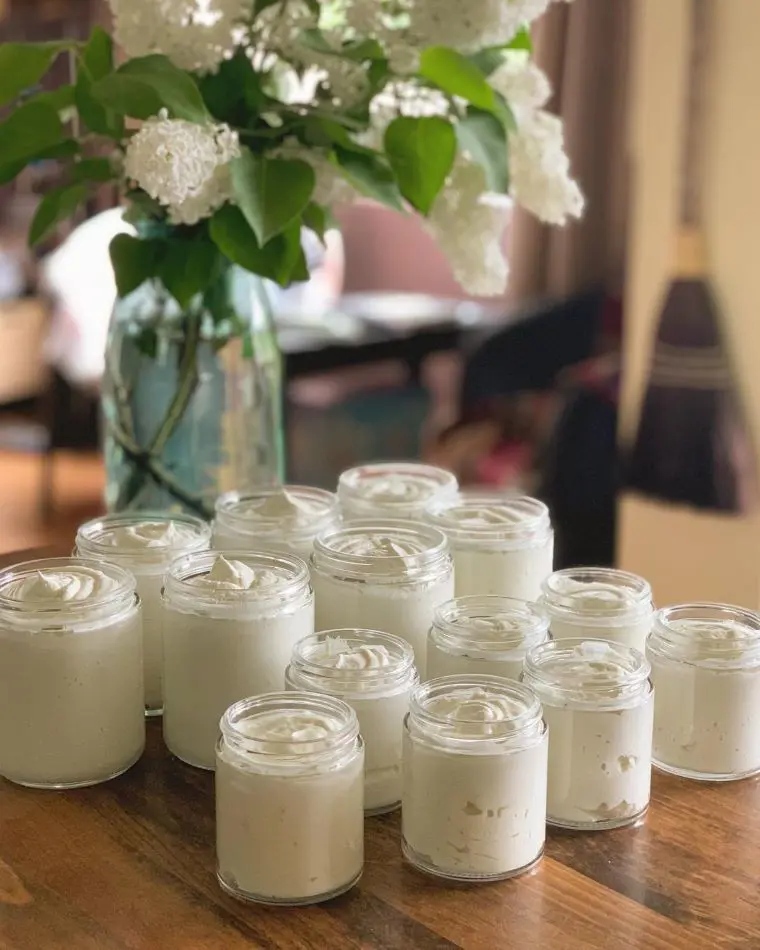
Natural and Minimal Ingredients
One of the standout features of beef tallow is its natural composition. With minimal processing and no synthetic additives, it provides a more straightforward approach to skincare. This purity minimizes the risk of allergic reactions and irritation, making it a great option for those seeking a more natural and less chemically-laden skincare regimen.
Types of Beef Tallow
Beef tallow can vary based on the type of cattle and how they are raised, leading to different qualities of the fat. Here are a few kinds of beef tallow you might find:
Grain-Fed Beef Tallow: This tallow is derived from cattle that are fed a diet primarily consisting of grains. While still rich in fatty acids, it typically has a slightly different fatty acid composition compared to grass-fed tallow, often with lower levels of omega-3s and CLA.
Grass-Fed Beef Tallow: This tallow comes from cattle that are primarily fed grass. It is often considered higher in nutrients like omega-3 fatty acids, conjugated linoleic acid (CLA), and vitamins. Thus making it a popular choice for both cooking and skincare due to its perceived health benefits.
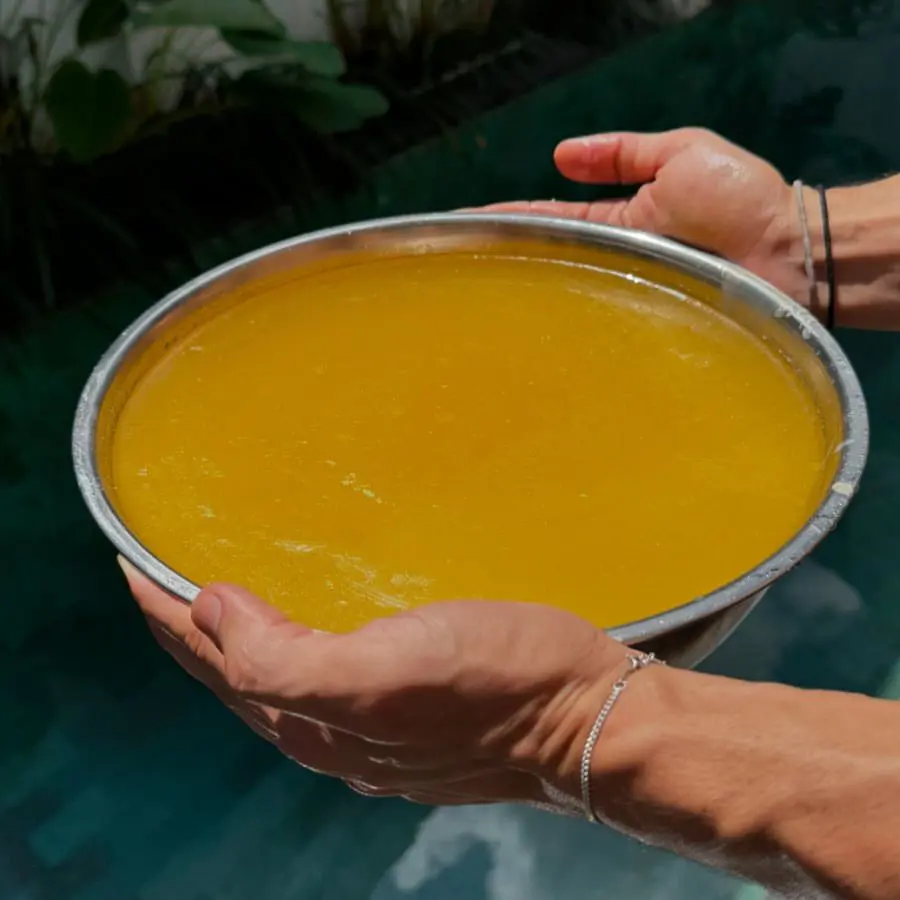
Organic Beef Tallow: This tallow is made from cattle that are raised on organic farms, where they are fed organic feed and not treated with synthetic hormones or antibiotics. Organic tallow is often sought after for its purity and is considered a cleaner option for skincare.
Pasture-Raised Beef Tallow: Similar to grass-fed, pasture-raised tallow comes from cattle that are allowed to graze freely on pasture. It emphasizes ethical and sustainable farming practices, and the tallow is often rich in nutrients.
Rendered Beef Tallow: This refers to tallow that has been processed to remove impurities and is the most common form found in stores. It can come from any type of cattle, but the quality will vary based on the source and rendering process.
Suet: While not exactly tallow, suet is the raw, hard fat found around the kidneys and loins of cattle. It can be rendered down into tallow and is often prized for its purity and higher melting point, making it a preferred choice for some traditional recipes and skincare products.
But Hey, The Choice is Yours!
Out of all these variety, grass-fed beef tallow is generally considered the best for your skin. The diet of grass-fed cattle contributes to a higher nutrient profile in the fat, making it more nourishing and effective in moisturizing, healing, and protecting the skin.
The natural and ethical farming practices associated with grass-fed tallow also appeal to those looking for a more holistic and clean skincare option.
Are Beef Tallow and Retinol the Same?
No, beef tallow is not the same as retinol. Beef tallow and retinol are two very different substances with distinct properties and uses, especially in skincare. Tallow as we discussed above is a rendered cattle fat. Retinol, on the other hand, is a derivative of vitamin A and is commonly used in skincare for its anti-aging benefits.
The Difference
It helps increase cell turnover, stimulates collagen production, and reduces the appearance of fine lines, wrinkles, and dark spots. Retinol is a potent ingredient often found in anti-aging creams and serums, and it works at a much deeper level in the skin than beef tallow.
While both can benefit the skin, they serve different purposes. Beef tallow is more about moisturizing and nourishing, while retinol is focused on rejuvenating the skin and addressing signs of aging.
Beauty Products Made with Beef Tallow
Beef tallow is becoming increasingly popular in natural skincare products due to its rich nutrient profile and ability to deeply nourish and protect the skin. These products take advantage of Tallow’s moisturizing and soothing properties.
It also offers an alternative to conventional skincare items that may contain synthetic ingredients. Here’s a closer look at some common beauty products made with beef tallow:
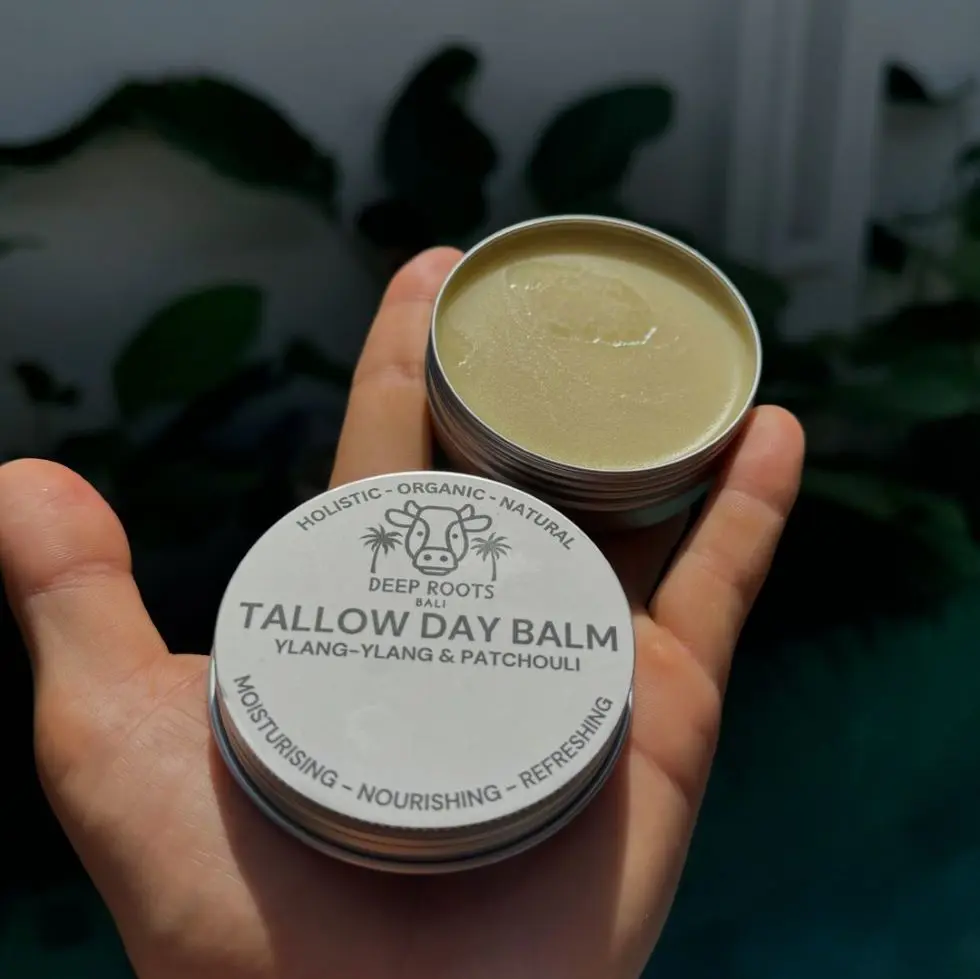
• Tallow Balm: This versatile product is typically used for targeted areas that need extra moisture, such as dry patches, cracked heels, or rough elbows.
The balm is thick and concentrated, allowing it to form a protective barrier over the skin while delivering deep hydration and nutrients. It’s also great for soothing irritated or sensitive skin.
• Beef Tallow Body Butter: Rich and creamy, beef tallow body butter is designed to provide intense hydration for the entire body. It melts into the skin upon application, leaving it feeling soft, smooth, and well-nourished.
The fatty acids in tallow help to strengthen the skin’s natural barrier, making this body butter ideal for those with dry or dehydrated skin.
• Beef Tallow Soap: Handmade soaps made with beef tallow are known for their luxurious lather and moisturizing properties. Unlike some commercial soaps, which can strip the skin of its natural oils, tallow soap cleanses gently while maintaining the skin’s moisture balance.
Because of its nourishing ingredients, it’s often favored by those with sensitive or dry skin.
• Lip Balm: Tallow-based lip balms are excellent for keeping lips soft and moisturized. The natural oils in tallow help to lock in moisture, protecting the lips from drying out in harsh weather conditions.
These balms often provide long-lasting hydration without the need for frequent reapplication.
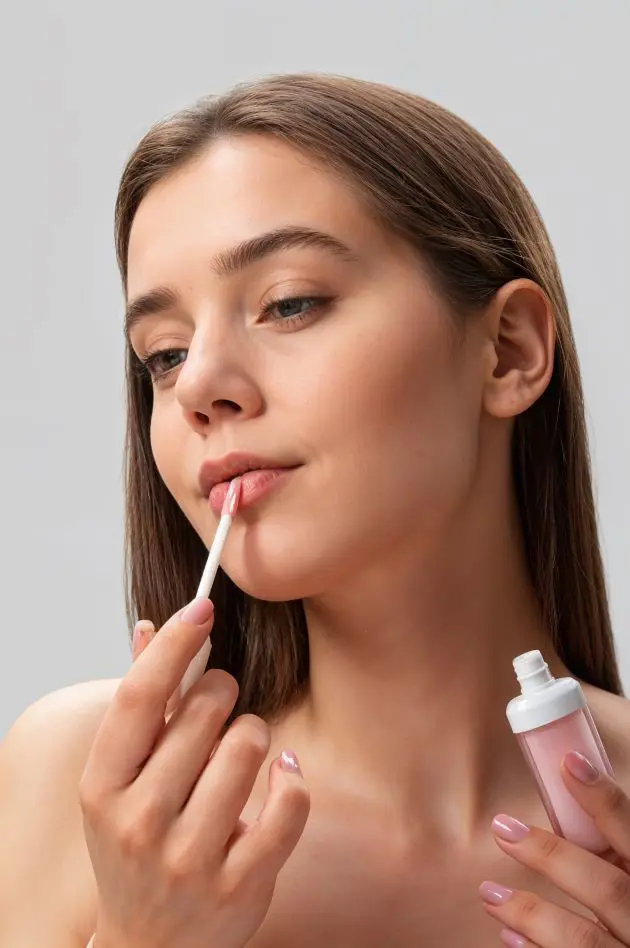
• Lotion: Beef tallow lotion combines the moisturizing benefits of tallow with other natural oils and ingredients to create a lighter, more spreadable product.
It’s ideal for everyday use, providing hydration without feeling heavy or greasy on the skin. The lotion absorbs quickly, making it convenient for use on both the face and body.
DIY Beef Tallow For Skin
Making your own beef tallow skincare products at home is a simple and rewarding process. You can create pure, natural skincare items that are free from synthetic additives, tailored to your skin’s needs. Here’s a basic guide to rendering beef tallow and using it in your DIY skincare.
Step 1: Sourcing and Preparing the Fat
For the best beef tallow, start with high-quality fat, preferably from grass-fed cattle, which is richer in nutrients. You can find beef fat, or suet, at local butchers or farmers’ markets.
Then, trim off any meat or impurities and chop the fat into small pieces for easier rendering. Proper preparation ensures a clean and pure tallow that is ideal for skincare.
Step 2: Rendering the Tallow
• Place the chopped fat into a slow cooker or a heavy-bottomed pot. Cook on low heat for several hours, stirring occasionally. As the fat melts, it will separate from the solid bits, eventually turning into crispy cracklings.
• Once the fat is fully melted and clear, strain it through a fine mesh sieve or cheesecloth to remove any remaining solids. The liquid fat is your rendered tallow.
• Let the tallow cool slightly, then pour it into a clean jar or container. Once it cools completely, it will solidify into a creamy, white fat. Store it in a cool, dry place or in the refrigerator for a longer shelf life.
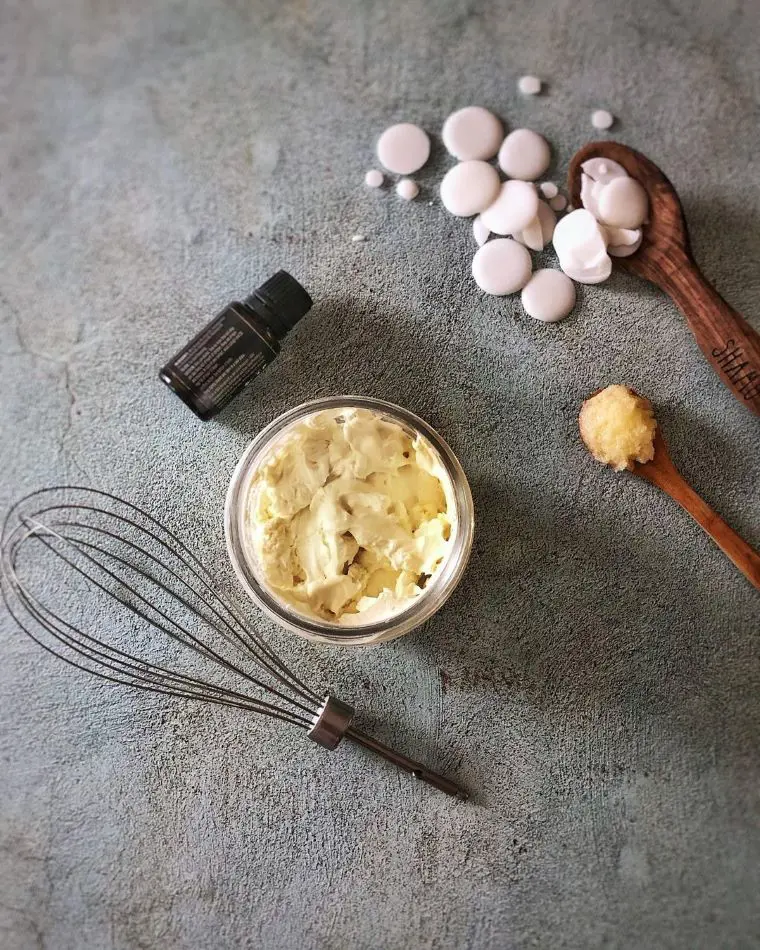
Step 3: Using Beef Tallow in Skincare
Beef tallow can be easily incorporated into your skincare routine for its moisturizing and nourishing properties. To create a simple beef tallow balm, melt a small amount of tallow and mix it with a bit of coconut oil or olive oil. Add essential oils for fragrance and additional benefits, then pour it into a container to cool.
Whip the tallow for a luxurious body butter until it becomes light and fluffy, optionally mixing in shea butter or essential oils. You can also make lip balm by combining tallow with beeswax and coconut oil, or create a light lotion by blending tallow with liquid oils like jojoba or sweet almond oil.
Step 4: Customization and Usage
To tailor beef tallow skincare products to your preferences, experiment with different oils, butter, and essential oils based on your skin type and needs. For example, adding shea butter or vitamin E can enhance moisturizing properties, while essential oils like lavender or tea tree oil can provide additional skin benefits and pleasant scents.
When using your DIY products, apply a small amount to clean the skin and adjust the quantity as needed. For best results, incorporate these natural tallow-based items into your daily skincare routine, enjoying their rich, nourishing effects.
Shelf Life of Tallow?
The shelf life of beef tallow depends on whether it is homemade or store-bought and how it is stored.
Store-Bought Tallow
Store-bought beef tallow often has a longer shelf life due to added preservatives or packaging designed to prolong freshness. When kept in its original, sealed container in a cool, dry place, it can typically last 1 to 2 years from the date of manufacture.
Always check the expiration date on the packaging and follow any specific storage instructions provided by the manufacturer. Store-bought tallow might also be available in refined or deodorized forms, contributing to a longer shelf life than homemade tallow.
Homemade Tallow
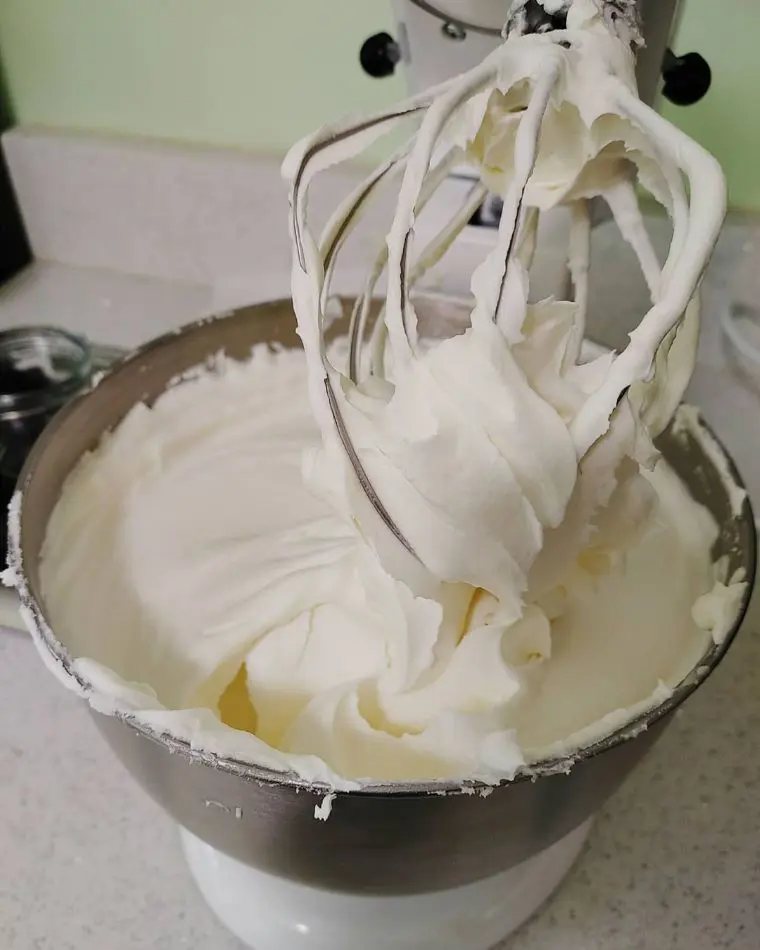
When stored properly, homemade beef tallow generally has a shelf life of about 6 to 12 months. To maximize its longevity, keep it in an airtight container in a cool, dark place, like a pantry or cupboard. For extended storage, you can refrigerate or even freeze it.
Homemade tallow should be inspected regularly for any signs of spoilage, such as an off smell or discoloration, indicating that it has gone rancid.
Drawbacks of Tallow
While beef tallow has its benefits, there are also some potential downsides to consider:
Odor: Tallow can have a strong, beefy smell, especially if not properly rendered or deodorized, which some people might find off-putting.
Tallow is Thick: At room temperature, tallow has a dense, solid texture, which can make it feel heavy or greasy when applied to the skin.
This thickness can be beneficial for providing a rich, protective barrier but may not be ideal for those who prefer lighter, more absorbent skincare products.
Tallow is Temperature Sensitive: It's consistency can vary with temperature. It solidifies in cooler conditions and melts at warmer temperatures, affecting its usability.
In hot climates, tallow may become too soft or greasy, while in cold environments, it might be too solid and challenging to apply. Proper storage in a cool, dry place can help maintain its optimal consistency.
Tallow Expires: Like all fats, tallow has a finite shelf life and can go rancid over time. Homemade tallows typically last 6 to 12 months, while store-bought tallows may last 1 to 2 years due to preservatives.
Exposure to heat, light, and air can accelerate spoilage, so it is important to store tallow in an airtight container and check for any signs of spoilage, such as an off smell or discoloration, before use.
Comedogenicity: Although tallow is similar to human sebum, it can be comedogenic (pore-clogging) for some skin types, potentially leading to acne or other skin issues.


